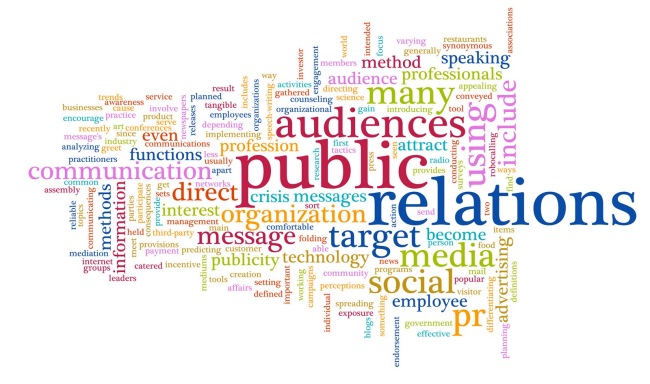I am currently working on a grant application through the Sterling Savings CRA Grant foundation. I am requesting $10,000 for Kittitas County Habitat for Humanity in order to provide funding to build their 15th house in Kittitas County! This amazing local nonprofit has maintained a great relationship with the local Sterling Savings branches and has been awarded several grants from the Sterling Savings CRA Grant. Thanks to this solid foundation of grant proposals and information, creating this grant proposal is turning out to be a pleasurable experience. As I work my way through this grant application I find myself contemplating some of the issues that are most common with grant writing. These issues are the reason grant writers find themselves banging their head against the wall sometimes.
– It’s just not specific enough!
Successful grant applications are specific and creative. They are written in a way so that it aligns with the mission of the foundation or granter as well as highlighting the key outcomes and indicators of the requesting organization. Sometimes grant writers are not provided with enough information to write these specific grant proposals. Believe it or not, some nonprofits require endless success from grant writers but provide little assistance when it comes to nailing down details. When there is a stall in the path to a complete grant application is can put off projects, throw off budgets and cause big problems for the requesting organization and their goals. Once this problem is addressed within the nonprofit grant writers have an easier time requesting and receiving information to write grant applications.
– Where do I begin?
Grant applications are not small documents that are easy to handle. Some of them can have 2-10 pages of questions and requirements for the requesting organization to complete. Oftentimes the first look through this application can be quite overwhelming. Where to begin can be difficult but once you read through the application it can become more clear to the grant writer. Many applications ask questions that have already been answered in previous grant applications. In this case, a grant writer can actually copy and paste certain sections from previous applications to the new application (making changes where necessary). Sometimes this can lift a huge burden from the shoulders of the grant writer. From there, tackle each question for a little bit at a time. If a grant writer delves into one section and gets stuck, they can waste more time frustrated than if they just moved on and worked on a different section.
– Deadlines!
Deadlines run our lives. Whether it is an appointment we have to get to or the deadline on a grant, there are always stressful moments when trying to get all of the information together to complete the grant application on time. Sometimes the hardest part is getting everyone to work together cohesive enough to compile all the information. In addition to completing the application on time, it can be difficult to submit these applications. Some applications are submitted online and there can be technical difficulties so there needs to be a grace period for submitting the grant application. Basically, deadlines are a lie. The actual deadline should always be two or three days before the posted deadline to leave time for any problems submitting the application.
There are a variety of other stress causing factors grant writers have to deal with, luckily for me, this grant writing experience is going GREAT and I hope to be finishing up soon!

